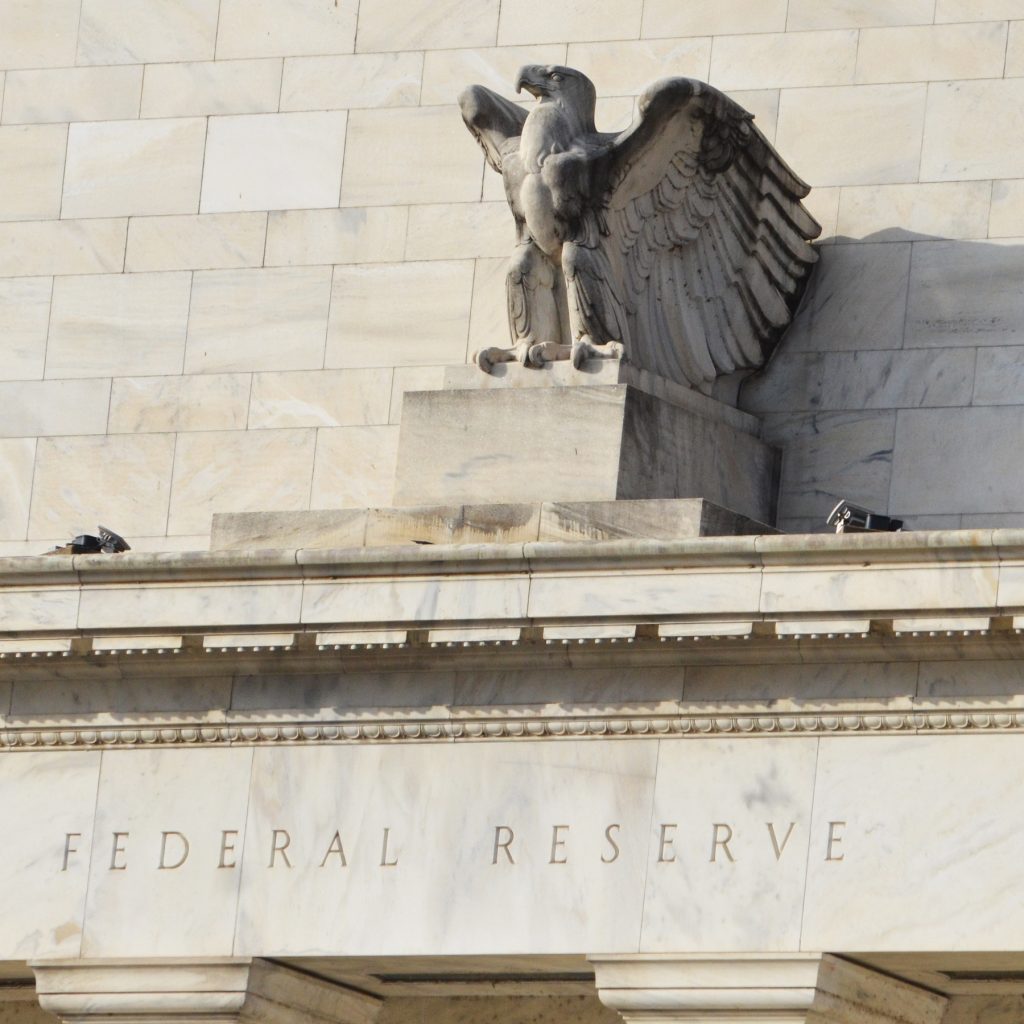In the latest economic update, U.S. employers have added a robust 199,000 jobs in November, signifying a surge from the previous month and reinforcing the Federal Reserve’s stance that the economy is resilient enough to handle high interest rates.
This spike in job creation, surpassing the previous month’s addition of 150,000 jobs, is an affirmation of the labor market’s strength. Concurrently, the U.S. unemployment rate has dipped to 3.7 percent, a decrease from 3.9 percent, as reported by the Bureau of Labor Statistics.
November’s Labor Market: A Sign of Resilience
The increase in non-farm payrolls, a figure that outstripped forecasts, is a clear indicator of the labor market’s vigor. This development has dampened investor hopes that the Federal Reserve would start slashing rates as early as spring.
Earlier in the week, the escalating price of gold mirrored traders’ expectations of rate cuts next year, but these expectations have since been recalibrated.
Futures markets have subsequently pared back the likelihood of a quarter-point rate reduction in March from the Fed’s target range of 5.25 to 5.5 percent.
Despite these shifts, lower interest rates are still fully anticipated for May, even though economists project that borrowing costs are likely to remain stable until the latter half of the year.
This robust hiring data in November bolsters the belief that the Fed might pull off a so-called ‘soft landing’, managing to reign in inflation without triggering a recession.
The Federal Open Market Committee is poised to meet in Washington next week, with anticipations of maintaining the current rate. Central bank officials have repeatedly indicated that rate cuts are not on the immediate agenda, even in the face of declining inflation rates.
The persistence of the labor market in the face of consecutive rate hikes has been a crucial factor in this stance. “The Fed needs to see disinflation and weakness in the economic data, particularly in the labor market, to move,” noted Eric Winograd, an economist at AllianceBernstein.
Wage Growth and Industry Trends: Key Factors in Fed’s Policy Decisions
November’s labor market figures revealed that average hourly earnings rose by 0.4 percent month-over-month, and by an annual rate of 4 percent — figures that are substantially above what the rate-setters are comfortable with. These statistics are crucial as the Fed aims to align wage growth with their goal of maintaining inflation at a steady 2 percent.
The employment gains were broad, covering most industries, with a notable decline in information roles. The return of well-paid autoworkers to production lines after a six-week strike had a significant impact on the job numbers.
“Were it not for the strike impact, payrolls would have been closer to 170k, but you’d also have to boost last month’s 150k up to around 180k as well,” explained Thomas Simons, a U.S. economist at Jefferies.
Following the release of the jobs figures, Treasury bond yields rose. The two-year Treasury yield, which is closely aligned with interest rate expectations, surged to 4.73 percent – its highest level in December, while the 10-year Treasury yield increased by 0.11 percentage points to 4.24 percent.
The U.S. stock market opened lower on Friday but shifted into positive territory following strong consumer sentiment data, with the S&P 500 and Nasdaq Composite each up by 0.2 percent in morning trading.
In essence, the latest U.S. jobs data underscores the resilience of the labor market and supports the Federal Reserve’s approach of maintaining high interest rates. This situation presents a complex scenario for policymakers, balancing the need to control inflation without stifling economic growth.
As the Fed continues to navigate these challenging economic waters, the labor market’s robustness will be a key factor in determining the future trajectory of U.S. monetary policy.





